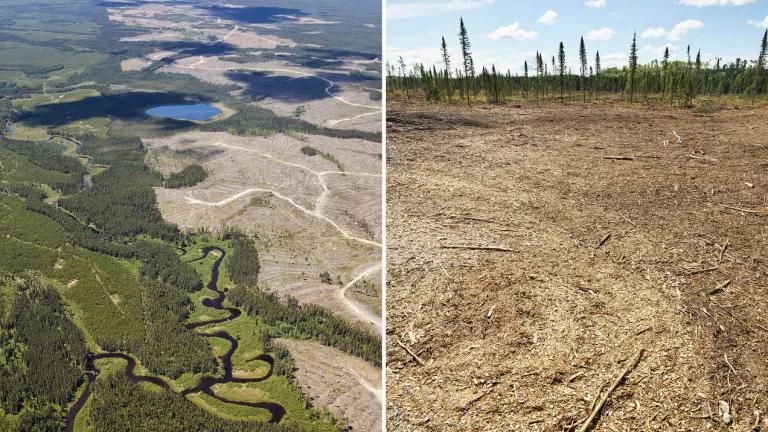Superstorm Sandy absolutely battered the New York/New Jersey region two weeks ago. I count myself among the extremely lucky ones – my neighborhood in Brooklyn never lost power, and had little visible damage.
So many others here were much less fortunate: millions lost power for days or more amid freezing temperatures (and tens of thousands are still without power); hundreds of thousands displaced, including many who have lost their homes entirely; and, most tragic of all, over 150 deaths in the U.S. and the Caribbean, including scores in the New York metro area.
Water, of course, is at the center of the story. The record-setting “storm surge” caused the worst damage, as ocean water rose more than a dozen feet above normal sea level, swamping low-lying coastal areas.
But the affected communities are finding that there’s much more in that sea water than salt. For example:
- As sewage treatment plants failed, hundreds of millions of gallons of untreated sewage poured into our waterways in both New York and New Jersey, with much of it backing up into streets and basements as well. New York City restored at least partial sewage treatment capabilities at nearly all of its facilities within a couple of days, but in New Jersey sewage has continued to flow directly into the harbor. (It doesn’t take a massive storm, by the way, to trigger sewage spills that foul beaches and waterways in our region – ordinary rain events do so as well, causing tens of billions of gallons of sewage overflows each year. Long-term investments in our infrastructure are needed to address this chronic problem.)
- Along notoriously polluted waterways like Newtown Creek and Gowanus Canal, toxic chemicals rose up along with floodwaters into adjacent neighborhoods.
- In New Jersey, flooding triggered multiple oil spills into the Arthur Kill, the narrow waterway that separates Staten Island from New Jersey.
- Various hazardous chemicals from basements and businesses mixed with floodwaters throughout the region, fouling buildings and streets even after the waters receded.
Residents and businesses cleaning up their properties should take care to avoid direct exposure to contaminants left behind by floodwaters. Raw sewage contains bacteria, viruses, and other disease-causing organisms that cause stomach flu, pinkeye, respiratory infection, and ear and skin infections. For senior citizens, small children and people with weak immune systems, the results can be extremely serious, even fatal.
As we assess the totality of the storm’s damage and make plans to rebuild, we must learn from our experience with Sandy. We’ll need to find ways to protect vulnerable sewer and wastewater infrastructure, as well as industrial facilities that handle oil and other hazardous materials. As my colleague Ben Chou highlighted in a recent NY Times online forum, this can include not only highly-engineered solutions, but also a focus on protecting and restoring nature’s own storm surge buffers, which have been degraded by human activity, such as the marshes of Jamaica Bay.
We also need to clean up toxic chemicals that have accumulated for a century at the bottom of urban waterways, before they overflow their banks again.
And, of course, we also need to treat the causes (extreme weather and climate change fueled by carbon pollution), not only the symptoms.
Let this storm be a wake up call -- both to increase our resilience against damage from future storms, and to take action to prevent climate change from contributing to even more extreme weather.



